How to Wire Component Speakers (Guide with Photos)
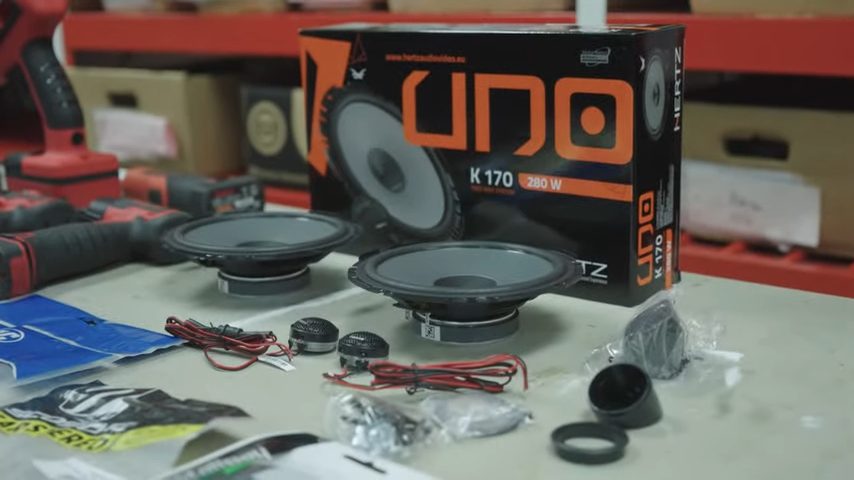
Most vehicles don’t have quality speakers or stereo systems. A good sound system should detect both high frequencies (good tweeters) and low frequencies (woofers). Do you want to transform your music experience in your car? If so, then you need to wire component speakers to your vehicle’s sound system.
The process is not difficult but one has to proceed carefully to avoid breaking the speaker components. I have done a similar job several times before for myself, and many clients, and in today’s article, I will be teaching you how to do it on your own!
Quick Summary: Wiring component speakers requires only a few steps. Start by identifying all the components which are the; woofer, subwoofer, crossover, tweeters, and sometimes super tweeters. Go ahead and mount the woofer on either of the following positions: dashboard, doors, or on the kick panels. Check for small spots on the default positions and install the tweeter. It should be mounted close to the crossover (within 12 inches) to obtain a clear-cut sound. After you have mounted both the tweeter and the woofer, install the car audio crossover. First, disconnect the battery’s negative terminal and locate a space free of vibrational moisture. And then install the crossover near the woofer, tighten it. Reconnect the battery and test your system!
How to Install Component Speakers: Understanding the Parts
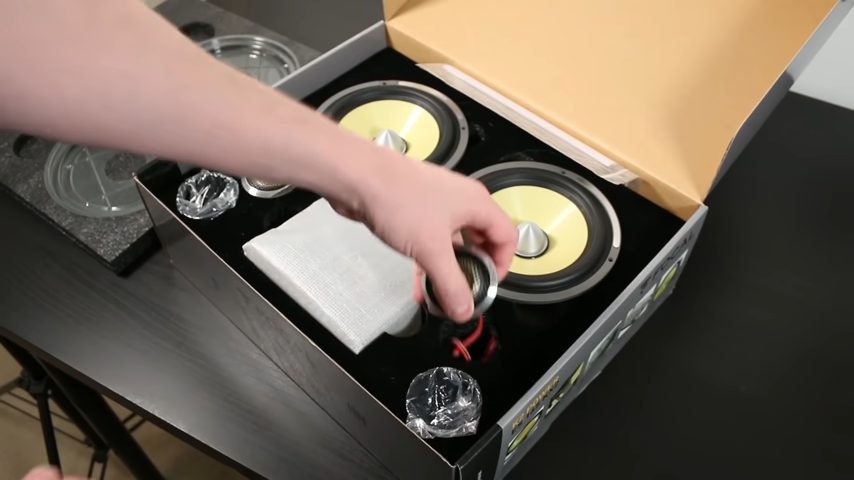
Knowing the parts of component speakers before installing them in your car is crucial. A typical component speaker set comprises a crossover, woofer, subwoofer, tweeter, and some have super tweeters. Let’s discuss each component:
Woofer

The deep bass sound adds flavor to the music, but it flows in a low-frequency range between 10 Hz and 10000 Hz. The woofer can detect such low-frequency sounds.
Tweeter
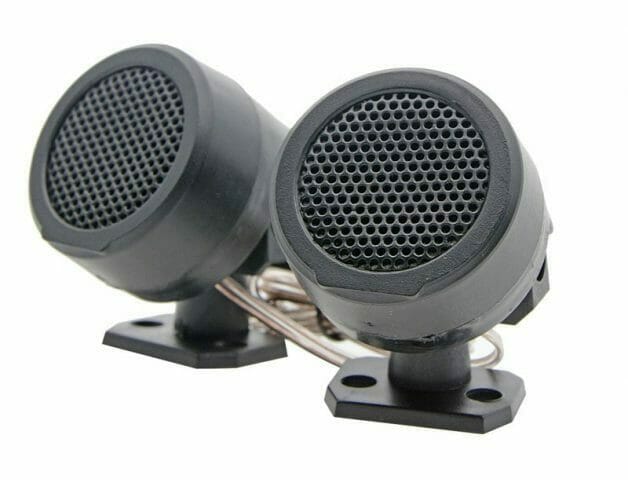
Unlike woofers, tweeters are designed to capture high frequencies, up to 20,000 Hz. The tweeter not only provides high-range sound but also enhances the sound clarity and deepens the treble sound.
Crossover
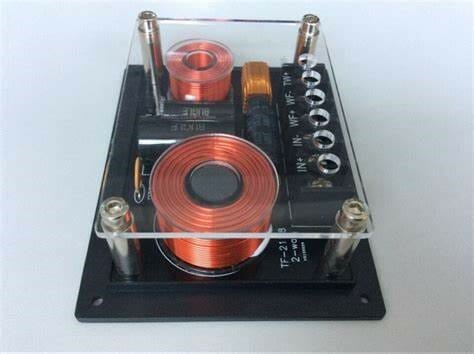
In general, crossovers convert single audio input to multiple output signals. Eventually, the frequencies are divided according to particular components.
Super Tweeter
Super tweeters spice up the music by improving the sound quality and hence a realistic version of the sound is achieved. This component produces ultrasonic frequencies (over 2000 Hz) which scavenge distortions in the music.
Subwoofer
The purpose of subwoofers is to clear the base and to produce sub-bass. The resultant effect is a well-moderated bass hence that provides a profound environment for the bass. However, not all kits have subwoofers, like super tweeters. But crossovers, woofers, and tweeters are the basic parts of component speakers.
The Installation Procedure
Wiring component speakers do not require a lot of expertise. But it would help if you were attentive to avoid breaking fragile parts. Also, make sure that the installation process does not compromise the functionality of your car. Please seek professional help if you get lost, do not improvise as this could lead to car damage.
Installing the Woofer
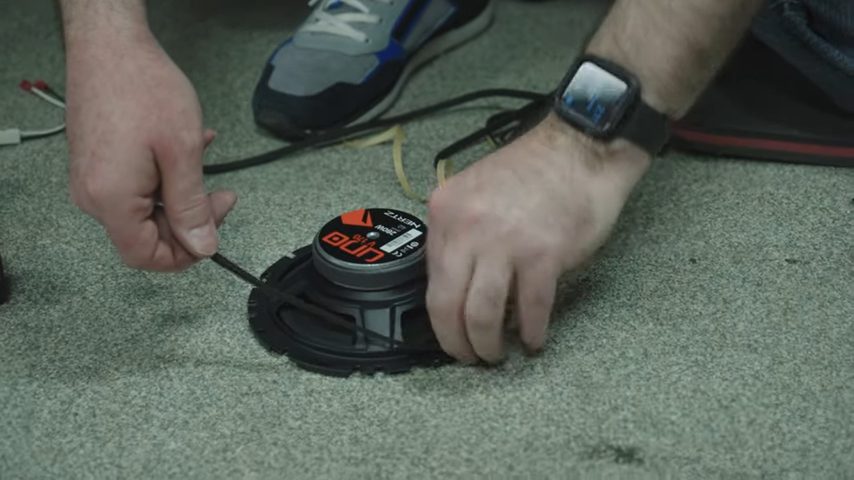
The default positions to securely mount your component speakers in vehicles include the following:
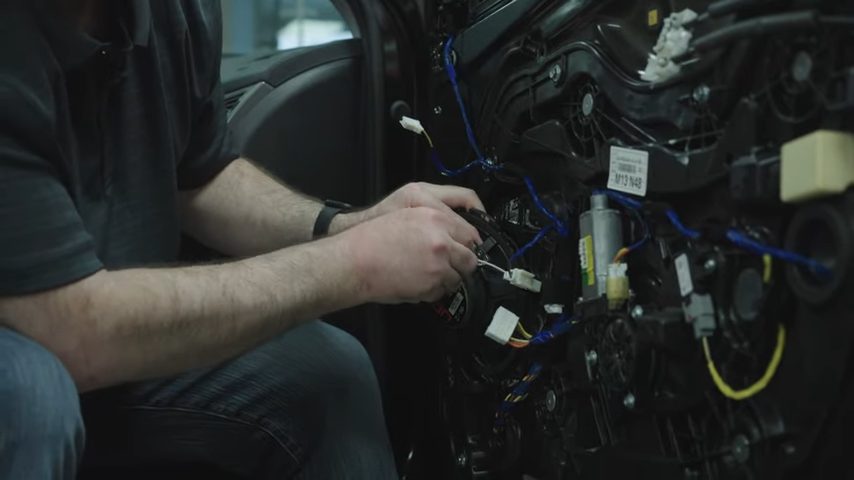
- On the kick panels
- On the doors
- The dashboard
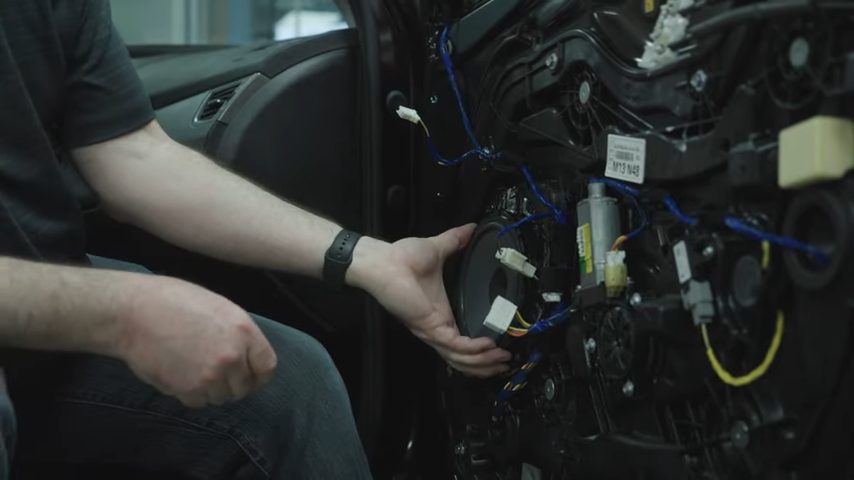
In any case, you may proceed in a customized manner by drilling out holes in specified locations and wiring the woofer.
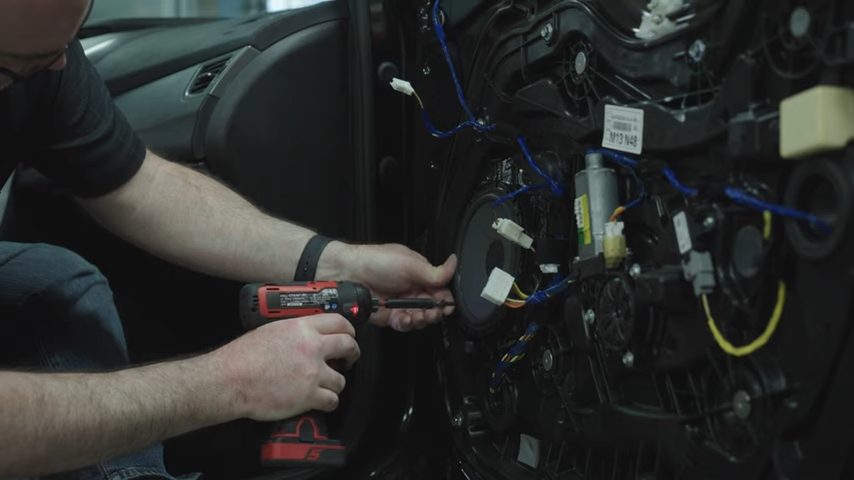
Always drill the holes cautiously so you don’t affect the car’s electronics.
Installing the Tweeter
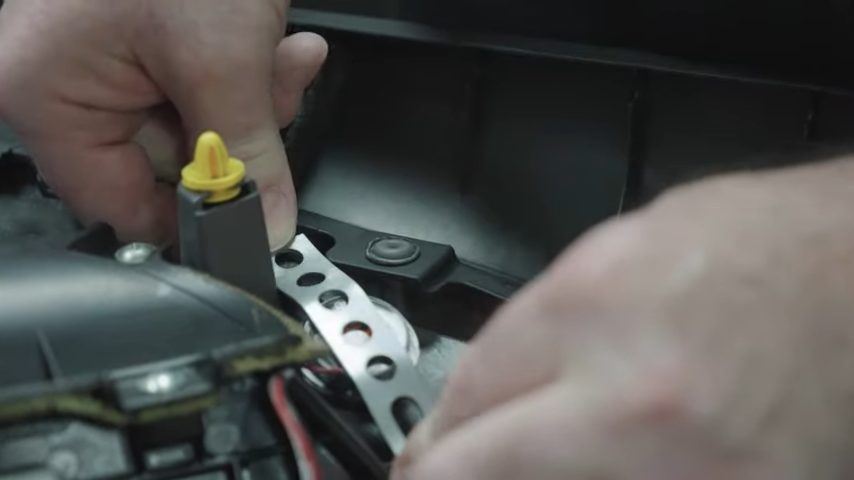
Since tweeters are tiny, they can be mounted in small spaces. Check for a spot in the dash, the kick, sail panels, or on the car’s door where you can secure your tweeter, these will usually already be there.
Always install the tweeters on the designated or default positions. Alternatively, you may create a specific space for better aesthetics. (1)
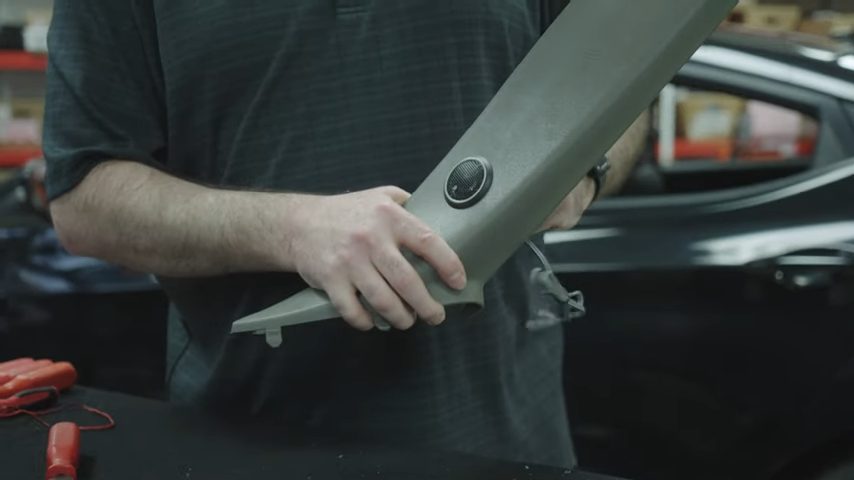
Mount the tweeter within 12 inches of range of your woofer to hear the bass and the high frequencies.
Mounting the Car Audio Crossover
Step 1: Find a Strategic Location for the Crossover
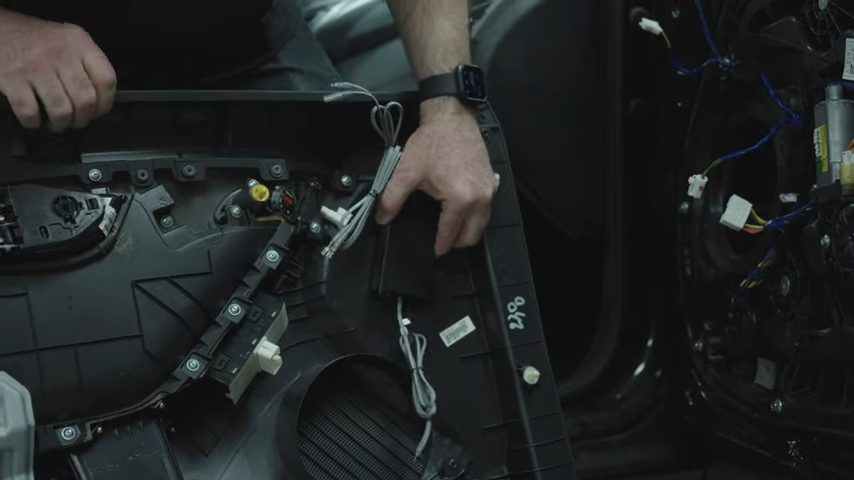
Disconnect the battery’s negative terminal to evade the possibility of short-circuiting.
Identify a strategic position that’s free from vibrational moisture while taking care of the car’s moveable parts. (2)
Step 2: Install the Crossovers Close to the Woofers
Keep the woofers close to the crossover to limit sound distortion. The doors and the spaces behind the kick panels are ideal.

Step 3: Tighten the Crossover
Make sure to tighten the crossover to prevent it from coming off. Use screws or double tape.
Step 4: Wire the Overall System
Use your car’s specific wiring diagram to wire the crossover. Your vehicle’s default wiring is fine unless you don’t incorporate an amplifier.
Working with the Door Panels
Remember to do the following while handling the door panels:
- Before you install any part of the component speaker on the door panel, first, identify the screws or the clips that secure the panel.
- Disconnect the linkage between the frame and the panels, and use screwdrivers to remove the screws.
- Remove the previously installed speakers and install the component carefully.
- When working with wires, make sure you understand the harness. Accurately adhere to the positive and the negative signs embossed on the woofer/speaker.
Testing and Troubleshooting
After you have completed the component speakers installation, verify if it works. Proceed as follows to test the success of the installation process:
- Plug in the respective components and turn on the speaker.
- Assess the quality or the clarity of the sound output. Analyze the bass and the treble sound modulation closely. Make your critiques and adjustments. If you are dissatisfied, check the connections and tune the system.
- You may adjust the dials or switch buttons to attain the taste that you desire.
Take a look at some of our related articles below.
- How to wire speakers with 4 terminals
- What gauge speaker wire for subwoofer
- How to tell negative and positive wire
References
(1) aesthetics – https://www.britannica.com/topic/aesthetics
(2) strategic position – https://www.sciencedirect.com/topics/computer-science/strategic-positioning
Video Reference
